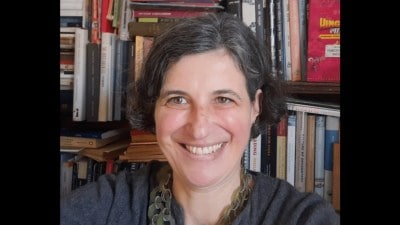Artificial insemination introduced in Solapur
SOLAPUR, Oct 2: A married couple worried over infertility or a person with abnormal morphology of sperm and poor mobility and unable to m...

SOLAPUR, Oct 2: A married couple worried over infertility or a person with abnormal morphology of sperm and poor mobility and unable to make the dream of being a father come true need not worry. They can now go in for artificial insemination.
A few doctors here — Milind Shah, Manjusha Shah, Shabnam Shaikh and others — have introduced Ashakiran Sperm Bank where donor sperms are stored and later donated to women seeking to become a mother through artificial insemination.
Dr Milind Shah told The Indian Express on Friday that the desire for a child and the social and family pressures have led to the acceptance of donor insemination in our otherwise conservative society.
He said the therapeutic donar insemination makes it possible for a woman to become mother. He said there is no threat of Aids or other diseases as the sperm bank takes all precautions before accepting sperm.
Dr Shah said the process eliminates the adoption process and ensures more attachment for the child on part of parents. “Artificial insemination is mentioned in the Mahabharat” he claimed and said in 1890 Robert Dickson used the method first time in the US. Over 10,000 children are born this way every year. In Mumbai alone an estimated 4000 donor inseminations take place every month and a pathologist in Bangalore supplies 100 donor samples a month to gynaecologist, he informed.
He said in the past, fresh semen was routinely used. With the recent increase in the incidence of HIV and other sexually-transmitted diseases, it is recognised now that a one-time screening of donors at the time of donation is inadequate to rule out presence of infection. In view of the risk involved, use of fresh semen has been discontinued all over the world.
The new new method is to use frozen semen guaranteed for 180 days and released only after testing the donor to ensure seronegativity of HIV and hepatitis B antigen. There are two methods of insemination — intra-cervical and intra-uterine. Studies show that intra-uterine gives better results.
Samples are procured from established semen banks in a flask containing liquid nitrogen. This ensures that the samples remain frozen up to a few days. The vial is removed from the flask and thawed for a two or three minutes in water at 37øC or by rolling in the palms for five minutes. This is taken into a disposable catheter attached to a one-ml syringe and inseminated immediately into the uterus. He said success can be ensured with ovulation.
The Ashakiran Sperm Bank covers Osmanabad, Gulbarga and Bijapur, he said.



- 01
- 02
- 03
- 04
- 05




























